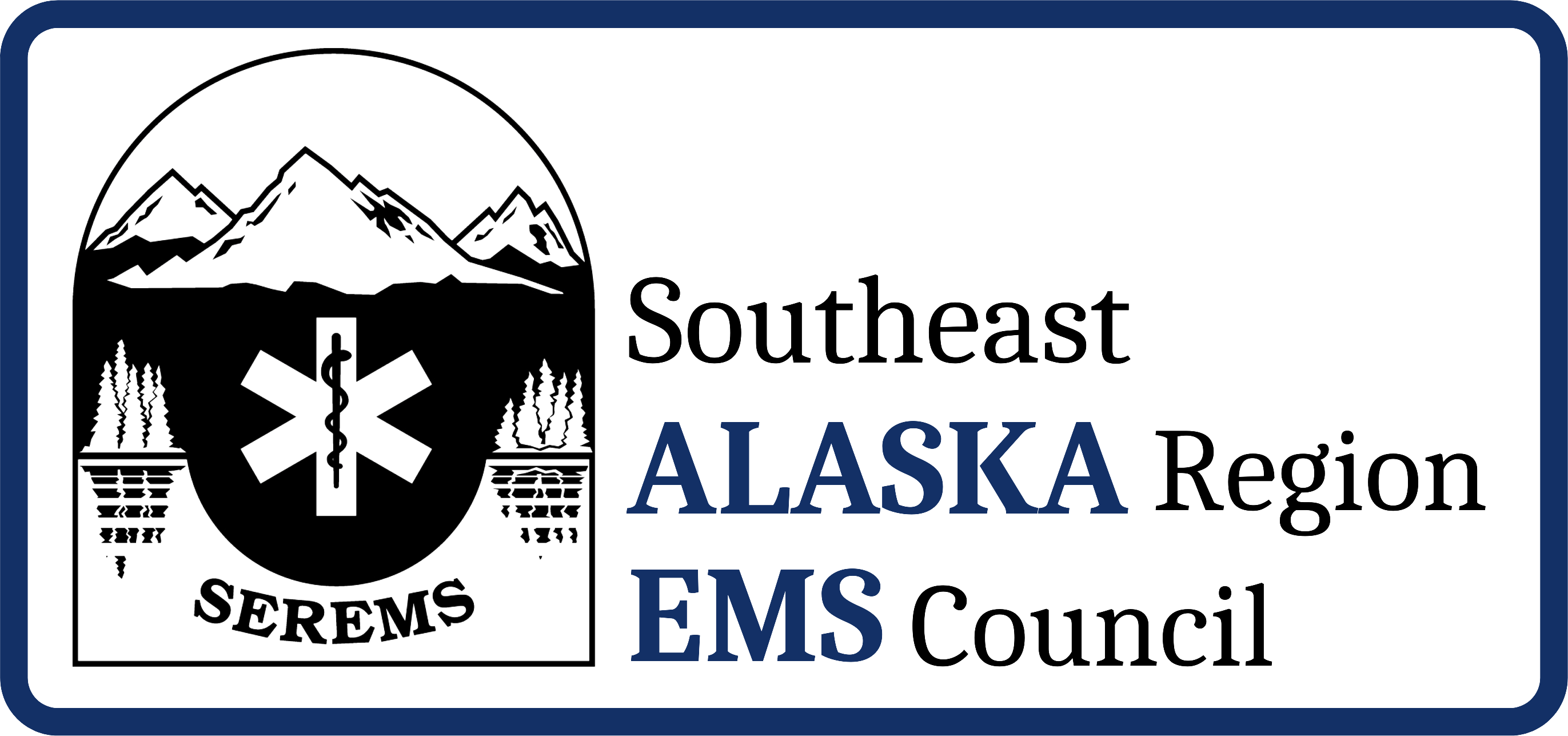Southeast Region EMS Council, LLC
SEREMS ETT Glossary
Special | A | B | C | D | E | F | G | H | I | J | K | L | M | N | O | P | Q | R | S | T | U | V | W | X | Y | Z | ALL
P |
|---|
PalpateTo feel an area as part of the physical exam.
Also used when assessing the blood pressure by feeling the radial artery. | |
Parental ConsentA parent’s authorization for their child’s medical care. | |
Patient RefusalPatient Refusal The patient declines to accept the treatment
or transport that the ETT recommends. Patient refusals require thoughtful communication
with the patient, ensuring that the patient is competent and knowledgeable of
the risks involved, and that they know how to seek care later. | |
Pharynx | |
ProneLying with the front of the body resting on the supporting surface. | |
Proximal | |
Public HealthTypically a state, local, or federal governmental function, Public Health “promotes and protects the health of people and the communities where they live, learn, work and play” Quote from American Public Health Association. www.apha.org. | |
